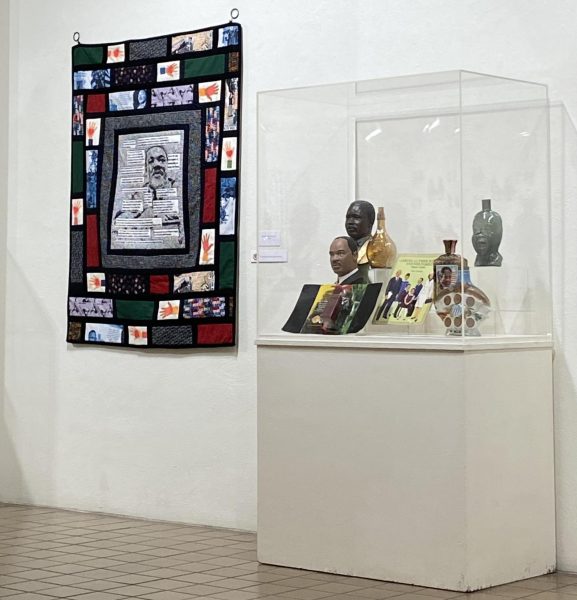Tampered Halloween Candy: Fact or Fiction?
A reflection of a Halloween myth after the season
November 16, 2021
For many years, spanning multiple generations, children who go out annually are reminded to be safe and stay warm, as Halloween night can be a risky event with cold weather, young people walking around (sometimes unattended), and the cool weather associated with the season.
However, there are many parents who try to warn against other threats on Halloween. One of the most common of which being that strangers who hand out candy often maliciously put dangerous materials in their candy, such as toxic chemicals, razor blades or drugs. Which begs the question, how legitimate are these claims? Do parents today have to worry about their kids receiving candy during one of the most popular holidays of the year?
CBC News of Canada claims that from the years of 2008 and 2019, there were only four reported cases of candy tampering reported to the Canada Food Inspection Agency (CFIA). “Two of those cases were referred to local police, but the CFIA said no illnesses or deaths were associated with any of the cases,” wrote CBC News in their article on Thursday, Oct. 31, 2019.
Additionally, referencing a paper published by Joel Best, a University of Delaware sociology and criminal justice professor, the source also stated that between the years of 1958 and 2019 – between both Canada and the United States – there have only been 200 confirmed cases of candy being tampered with. Working with Best, sociologist and criminal justice expert Gerald T. Horiuchi and his research partner claimed that “Many, if not most, reports of Halloween sadism are of questionable authenticity.”
However, as aforementioned reports have suggested, there have been cases of crimes on Trick-or-Treat night. One example, reported by history.com, states that in 1964, a woman named Helen Pfeil handed out ant poison and dog treats to people she deemed “too old for trick-or-treating.” According to her, it was supposed to be in jest, and while no children were harmed, Pfeil still dealt with law enforcement.
Although, in a shocking turn, the real threat to children on Halloween can be their own families, in some cases. According to an article on patch.com, in 1970, a five-year-old boy from Detroit died as a result of his candy being injected with heroin. However, further investigation into the incident found that the boy actually discovered the heroin in his own home and to cover up the tragedy, the family planted the evidence in the boy’s candy to make it seem like an attack.
Another case from the same source revealed that an eight-year-old boy from Texas passed away after his Pixie Stix was laced with cyanide. Shortly thereafter, it was discovered that the boy’s own father put the drugs in his candy in order to claim a $20,000 life insurance policy. The father was found guilty and given the death penalty.
In short, it is apparent from these stories that while there are cases of brutality and fatality on from Halloween tampering, for the most part, children are safe on trick-or-treat night. To reiterate, only 200 cases of tampered candy of been confirmed from 1958 and 2019, and in some cases, children are more in danger at home.
More information on the subject can be found in a study published by Joel Best, titled, “Halloween Sadism,” which can be found at joelbest.net.





